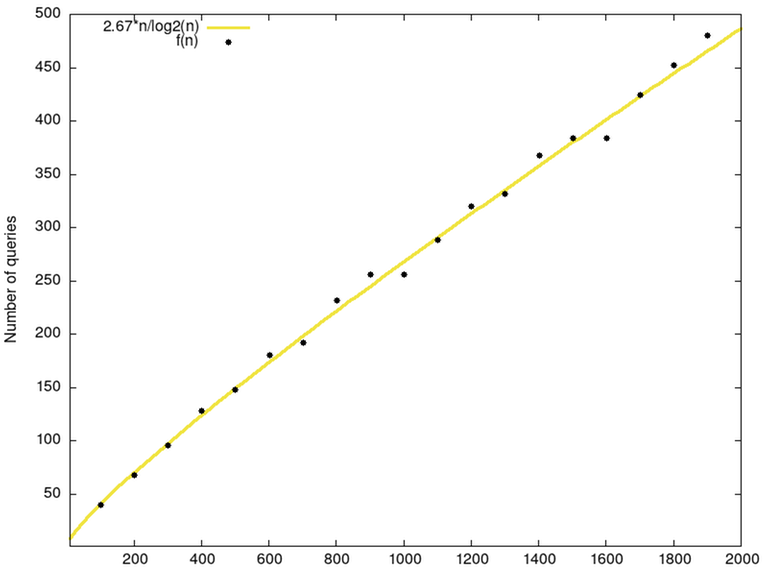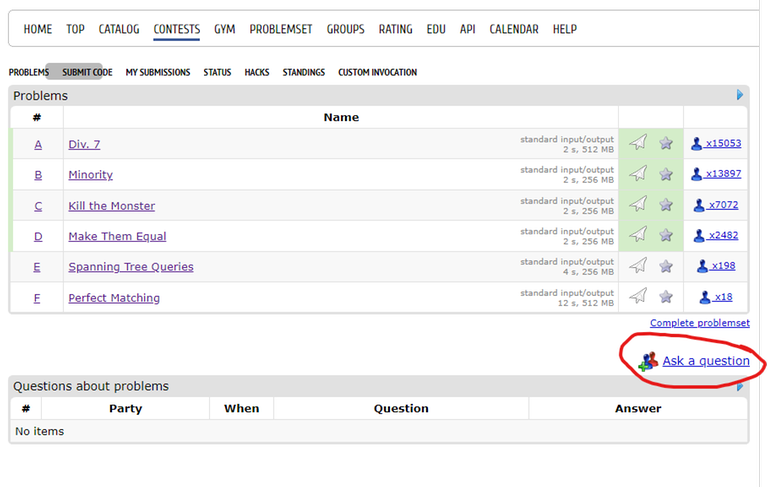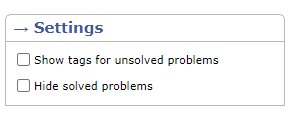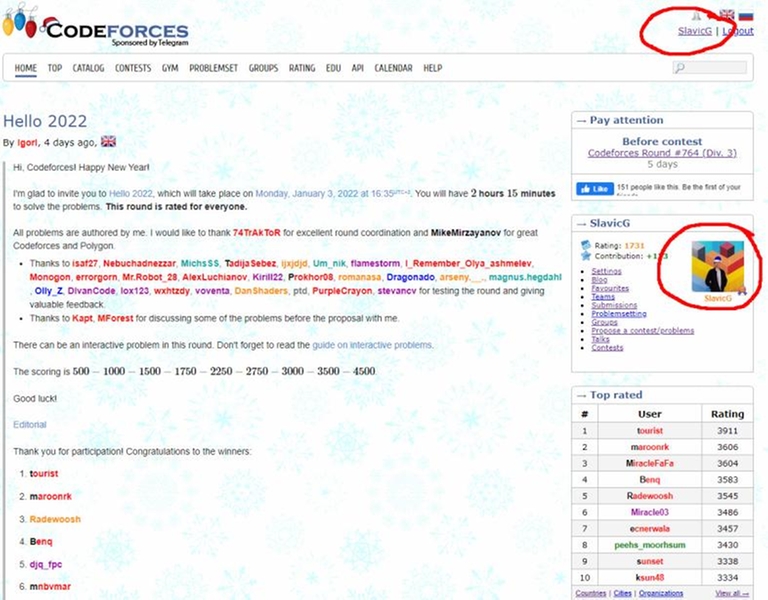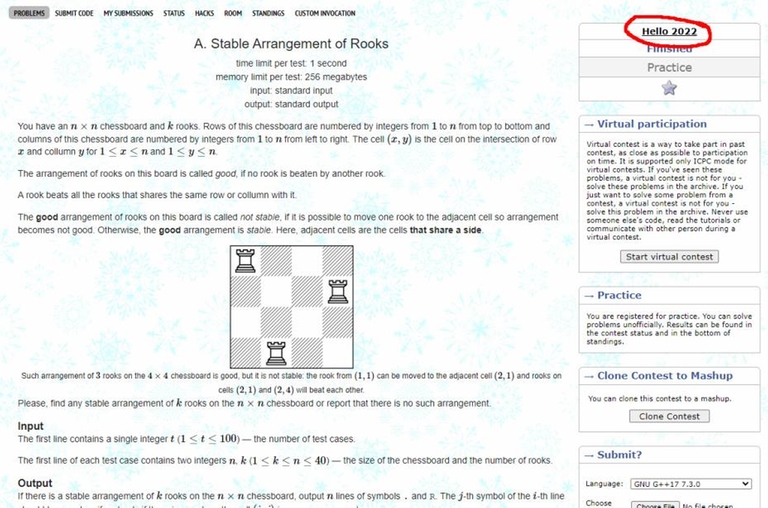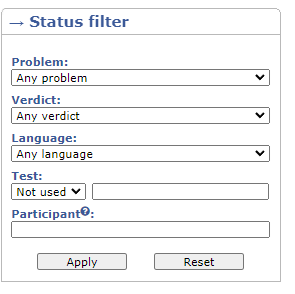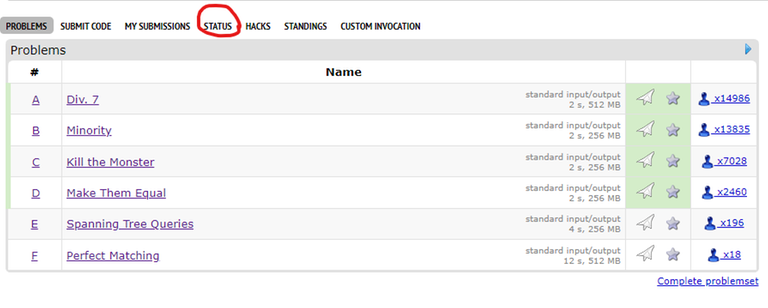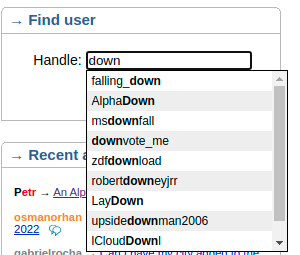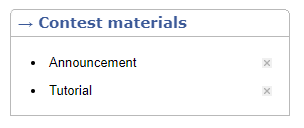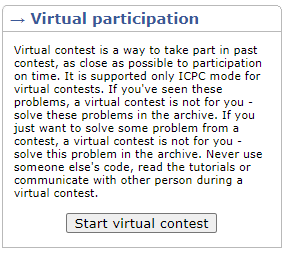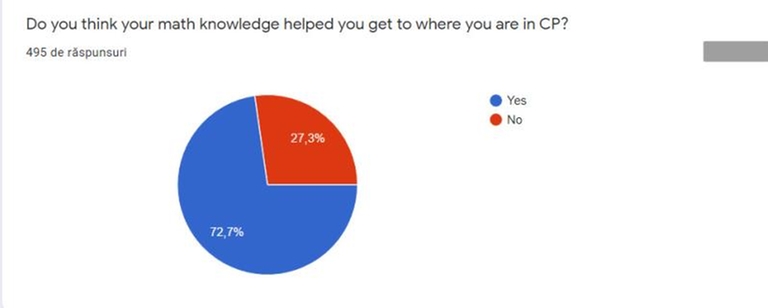Hello Codeforces!
flamestorm, mesanu and I want to invite you to Codeforces Round 964 (Div. 4).
It starts on Aug/06/2024 17:35 (Moscow time).
The format of the event will be identical to Div. 3 rounds:
- 5-8 tasks;
- ICPC rules with a penalty of 10 minutes for an incorrect submission;
- 12-hour phase of open hacks after the end of the round (hacks do not give additional points)
- after the end of the open hacking phase, all solutions will be tested on the updated set of tests, and the ratings recalculated
- by default, only "trusted" participants are shown in the results table (but the rating will be recalculated for all with initial ratings less than 1400 or you are an unrated participant/newcomer).
Additionally, there might be problems that are interactive, so please read the guide of interactive problems before the contest.
We urge participants whose rating is 1400+ not to register new accounts for the purpose of narcissism but to take part unofficially. Please do not spoil the contest for the official participants.
Only trusted participants of the fourth division will be included in the official standings table. This is a forced measure for combating unsporting behaviour. To qualify as a trusted participant of the fourth division, you must:
- take part in at least five rated rounds (and solve at least one problem in each of them),
- do not have a point of 1400 or higher in the rating.
Regardless of whether you are a trusted participant of the fourth division or not, if your rating is less than 1400 (or you are a newcomer/unrated), then the round will be rated for you.
Many thanks to the testers: Dominater069, Qualified, Vladosiya, qwexd, Gheal, cry, haochenkang.
We suggest reading all of the problems and hope you will find them interesting!
Good Luck!
UPD: Editorial is out!











